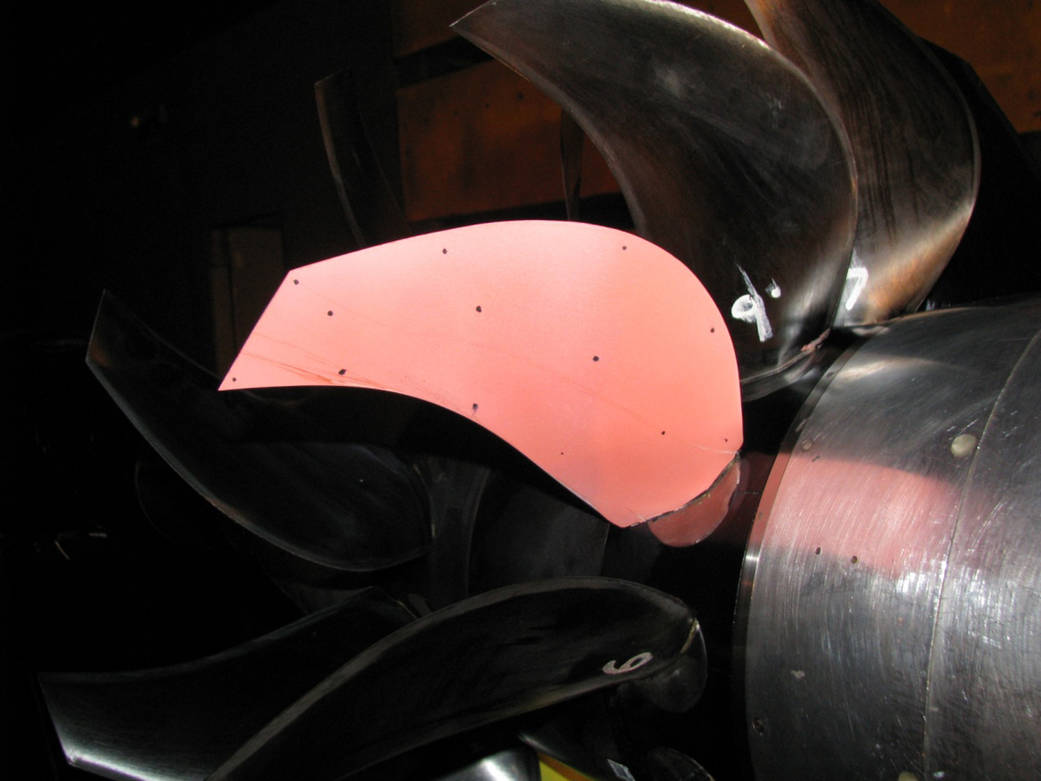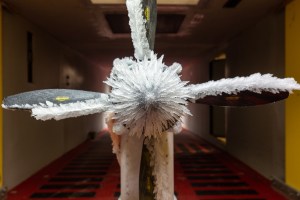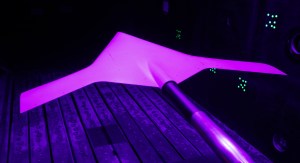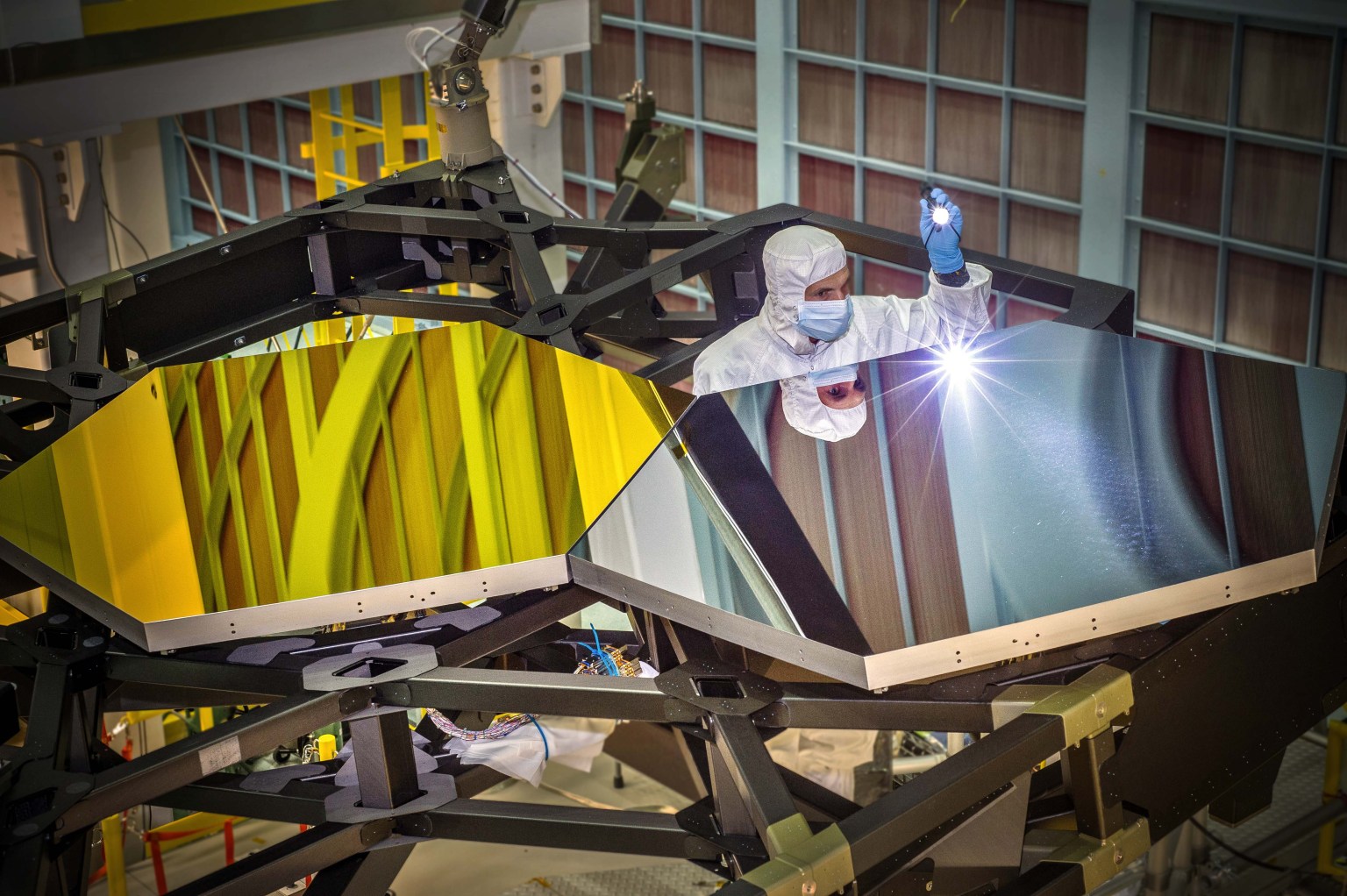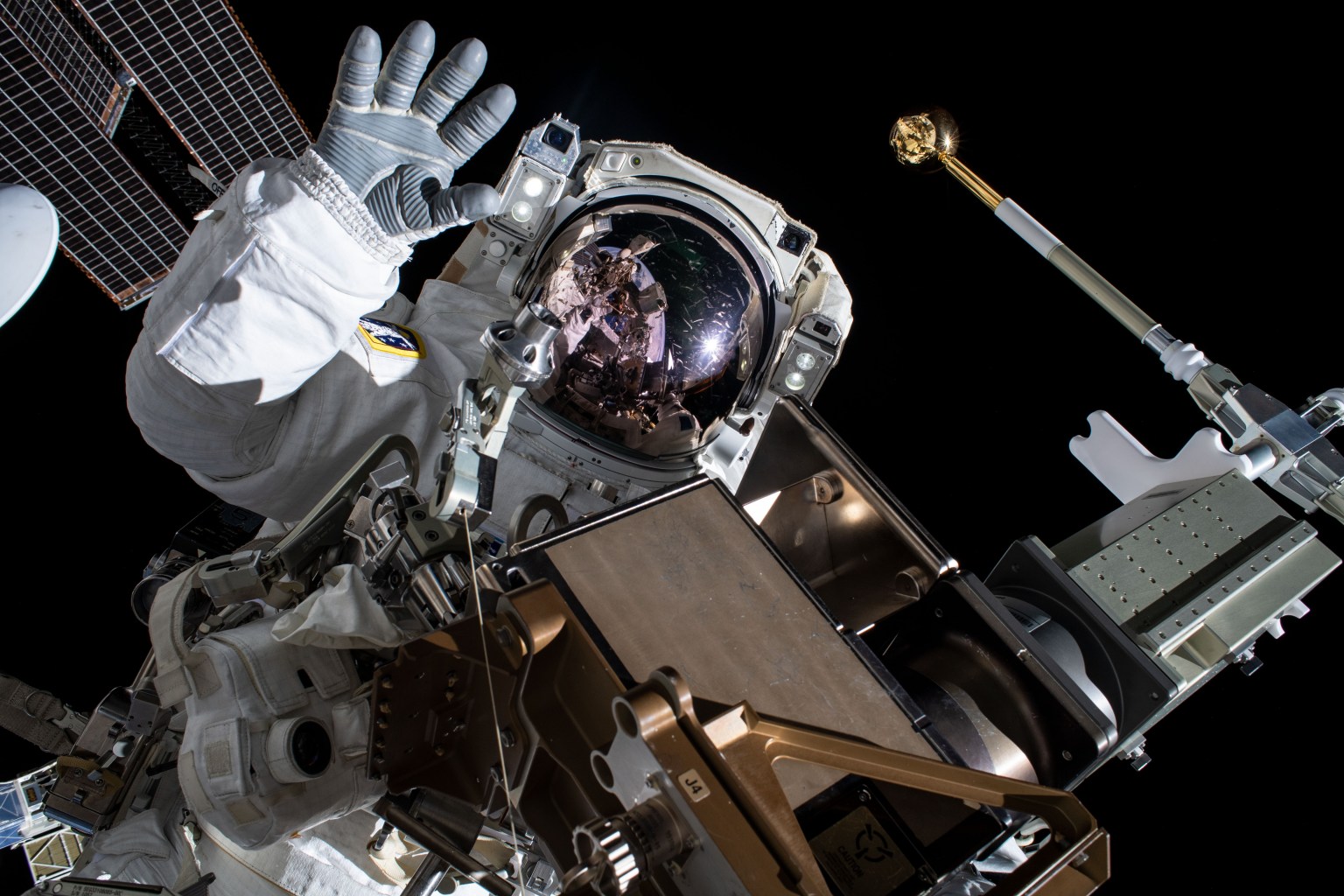Test Technology supports ATP by keeping NASA’s research test facilities and flight assets moving into the future. As the world’s technologies continue to improve and research requirements become more demanding, Test Technology provides new and improved capabilities for measuring pressure, temperature, angle, strain, and air flow. It also improves research facility practices by perfecting processes and techniques and increasing the competence of research staff. Through building partnerships, harnessing small business innovations, and investing in NASA technologies, ATP Test Technology plays a key role in advancing cutting edge capabilities.
FOCUS CATEGORIES
Pressure Measurement
Facility pressure measurements can indicate the vehicle speed and specific atmospheric conditions that correspond to a particular test environment. Pressure measurements on a model can indicate characteristics of vehicle performance for a given flight environment. Acoustic measurements measure pressure fluctuations and are used to measure the audible noise that a propulsion system or rotorcraft is producing.
Temperature Measurement
The flow temperature of a facility must be properly maintained to achieve the desired atmospheric conditions. Temperature measurements are particularly important for studies in propulsion. Surface temperatures on a model may be measured to understand the heating levels a vehicle will undergo during flight. Surface temperatures are particularly important for hypersonic flow, including reentry vehicles.
Angle Measurement
Angle measurements focus on the angle of the model with respect to the facility test section and the flow around it. Since a small change in the model’s angle of attack may have a large impact on the forces acting on it, this angle must be accurately maintained. Typically, in-flight or “wind-on” instrumentation must also be frequently verified using additional (“wind-off”) instrumentation, which includes a more well-established reference system but is less capable of handling flight dynamics.
Force Measurement
Force measurement systems are the primary instruments used during aerodynamic and/or propulsion tests to measure the resulting forces and moments imparted on the test article. For an aerodynamic test, these forces include lift, drag and lateral forces, as well as yaw, roll and pitching moments. Knowledge of these forces is essential for knowing how a vehicle is going to perform in flight, and for evaluating potential aerodynamic test techniques.
Flow Measurement
Flow measurements are more focused on understanding the flow of the fluid (air, water, etc.) rather than its effect on the model. These measurements may include shock shape, boundary layer measurements, or general calibration of an aeronautics test facility.
Process Improvement
Process improvement focuses attention on any area where greater efficiency and methodology can be developed in order to improve the testing process. It brings in techniques and technology that will help researchers perform their jobs with better accuracy and effectiveness.



























